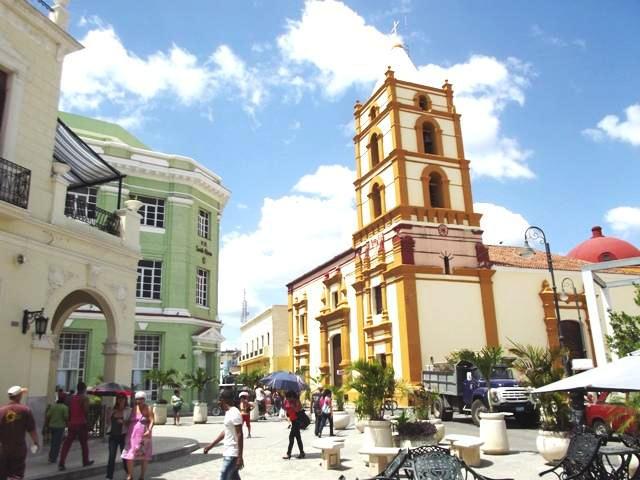![]()
It meant that in an interactive and easily accessible way, Internet users will be able to find texts, videos, graphics and explanatory tables in the sections of Generalities, Nature, Society, Economy, Disaster Risk Management and Climate Change, Municipalities and History

Camagüey, Sep 27th.- With the participation of more than 200 authors, the Camagüey Web Atlas project is going through the implementation phase that will conclude in 2027 with the publication of more than 450 maps, as a tool for the application of the Economic Development Program and Social by 2030.
Isis Hernández Sosa, head of the Biodiversity Department of the Camagüey Environmental Research Center (CIMAC, Spanish Acronym), explained to the Cuban News Agency that this is a new product in the country as it will contribute to the decision-making of governments and universities, public fundamental goals of the proposal.
It meant that in an interactive and easily accessible way, Internet users will be able to find texts, videos, graphics and explanatory tables in the sections of Generalities, Nature, Society, Economy, Disaster Risk Management and Climate Change, Municipalities and History.
Next year, he commented, it is planned to show users the first 100 maps, so that the results and the interaction with people will allow the necessary adjustments to be made and maintain an information update service in accordance with the dynamics of the demarcation.
The province already has experience in this type of work, since as Hernández Sosa recalled in 1989, Camagüey was the first to achieve a regional atlas, so the intention is to generalize the idea to other territories on the Island.
He added that the project, conceived with all the requirements for navigation from computers and mobile phones, draws on the LX Anniversary National Atlas of Cuba, obtained in 2020, in addition to some elements contained in the spatial data infrastructure.
Among other facilities that it will provide, he mentioned the downloading of very useful materials for different educational levels, and even the possibility that in the future people with sensory deficiencies may also benefit.
The specialist highlighted, among the 51 institutions and the different actors involved, the Co- Lab project and the Union of Computer Scientists of Cuba (UIC, Spanish Acronym), which together with the MSME Moropo work on the design of the digital platform.
Reynaldo Alonso Reyes, president of the Board and the Provincial Council of the UIC, recognized the trust placed in Co-Lab to develop a prototype of this digital atlas solution through the creation of citizen laboratories in which experts, professors with contributions from didactics, authorities and government officials and the population in general.
Currently, he noted, we are moving towards the experimental phase, in which the conceptual elements of the prototype that must be scaled by the MSME are tested from a digital and functional point of view.
(ACN)